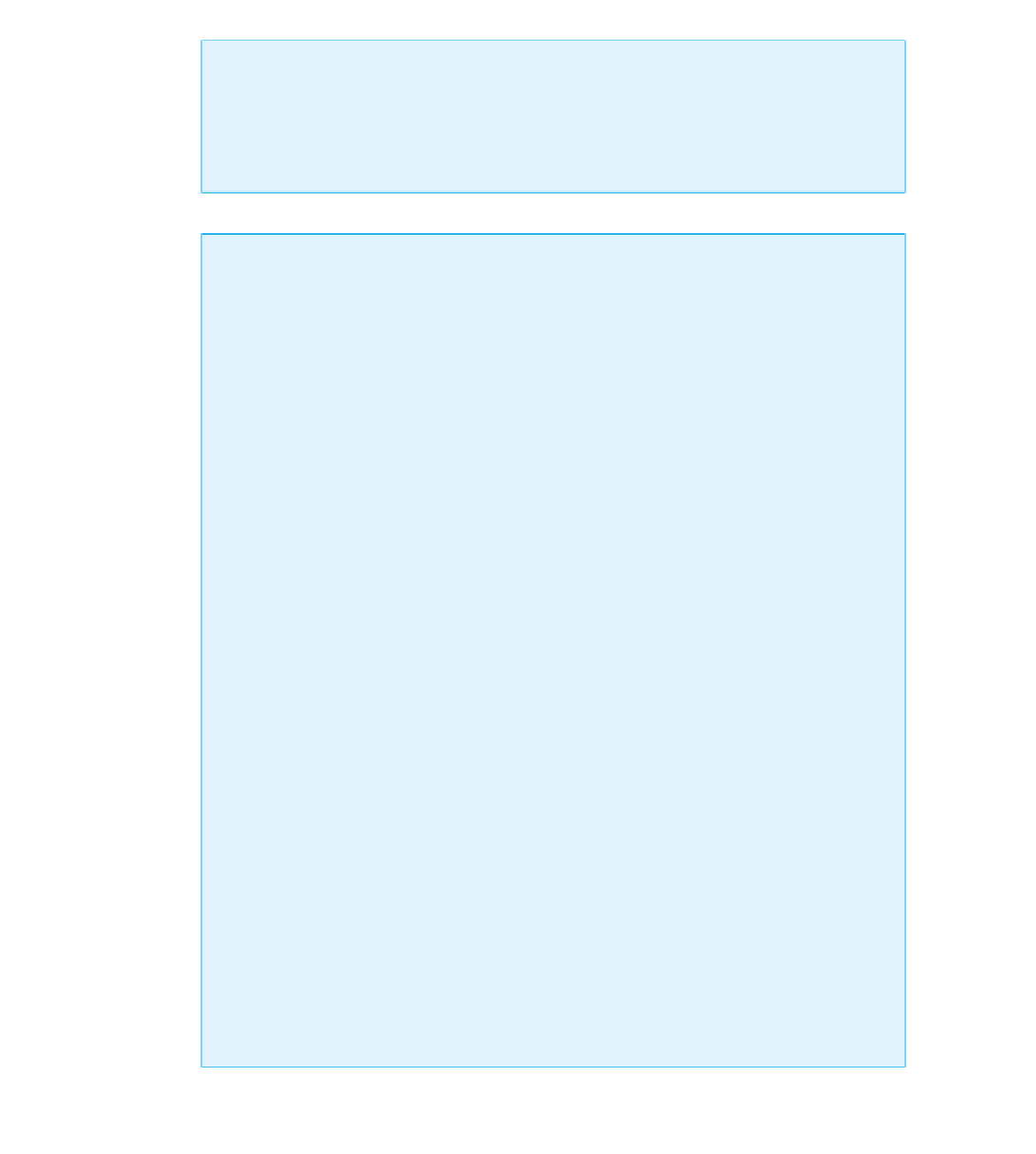Java Reference
In-Depth Information
Exception Object Characteristics
The two most important things about an exception object are its type (the exception class)
and a message that it carries in an instance variable of type
String
. This string can be recov-
ered with the accessor method
getMessage
. This string allows your code to send a message
along with an exception object, so that the
catch
block can use the message.
Programmer-Defined Exception Classes
You may define your own exception classes, but every such class must be a derived class of
an already existing exception class (either from one of the standard Java libraries or program-
mer defined).
GUIDELINES
•
If you have no compelling reason to use any other class as the base class, use the
class
Exception
as the base class.
•
You should define two (or more) constructors, as described later in this list.
•
Your exception class inherits the method
getMessage
. Normally, you do not need to
add any other methods, but it is legal to do so.
•
You should start each constructor definition with a call to the constructor of the base
class, such as the following:
super
("Sample Exception thrown!");
•
You should include a no-argument constructor, in which case the call to
super
should
have a string argument that indicates what kind of exception it is. This string can then
be recovered by using the
getMessage
method.
•
You should also include a constructor that takes a single string argument. In this
case, the string should be an argument in a call to
super
. That way, the string can be
recovered with a call to
getMessage
.
EXAMPLE
public class
SampleException
extends
Exception
{
public
SampleException()
{
super
("Sample Exception thrown!");
}
public
SampleException(String message)
{
super
(message);
}
}
extra code
on CD
The class
SampleException
is on the CD that comes with this text.



















